Intel Core 2 Chipset Power Consumption Shootout
by Anand Lal Shimpi on October 12, 2006 12:53 PM EST- Posted in
- CPUs
Since the introduction of Intel's 90nm Prescott core, power consumption has been at the forefront of any CPU related discussion. But as both AMD and Intel strive towards introducing more power efficient cores we must turn our attention elsewhere to find new areas where power savings are necessary. The GPU is next on the chopping block for power consumption, but we've still got a little time before both ATI and NVIDIA unveil their new high DirectX 10 parts fully equipped with very high power consumption. While we wait for the next-generation of powerful GPUs and quad-core CPUs to debut, we decided to take a look at the power consumption of an often overlooked component in the system: the chipset.
Dutifully playing its role as traffic cop in any modern system, the chipset has to deal with getting data from each and every high speed, high powered component in the system and directing it to the right place. Thankfully the amount of logic in a chipset is nothing near that of a CPU, but given its role in a high performance system, the chipset can easily be a notable consumer of power. The question is - are some chipsets better than others for power consumption?
There have been obvious examples in the past where chipsets varied dramatically in power consumption, like ATI's CrossFire 3200 chipset vs. NVIDIA's nForce 590 SLI, the latter of which consumed significantly more power. But what about more mainstream offerings, and in particular, mainstream chipsets that support Intel's Core 2 processors - is there a noticeable difference in performance, power consumption and overall performance per watt between them?
We're asking this question now because it is inevitably the first question we need answered before we can start doing (as close to) apples-to-apples comparisons between CPUs with regards to power consumption. We chose to start with Core 2 platforms since that's the hot topic these days and power consumption/performance per watt is a very compelling reason to consider Intel's Core 2 line of processors.
The Platforms
We picked the three most popular mainstream Core 2 chipsets currently available for this comparison: Intel's P965, Intel's 975X and NVIDIA's nForce 570 SLI Intel Edition.
Intel P965 |
Intel 975X |
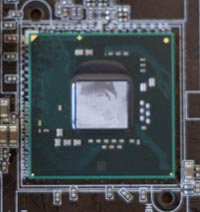 |
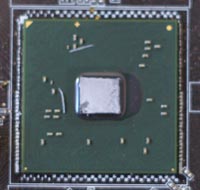 |
NVIDIA nForce 570 SLI |
|
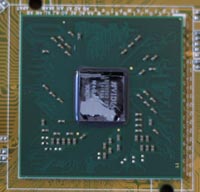 |
|
We will eventually add Intel's G965 to the mix but we'll save analysis of that chipset for our full review of the new integrated graphics core. These three chipsets represent the performance mainstream offerings any Core 2 purchaser would consider and a good starting point for these sorts of comparisons. Obviously there are other chipsets that we are interested to look at, for example VIA's PT880 and Intel's 945G, but we will have to save those for a later date in the interest of time.
As luck would have it, ASUS makes a motherboard based on all three chipsets we're interested in comparing today and thus we used all ASUS platforms for today's article.
Representing the Intel P965 chipset we have ASUS' P5B Deluxe:
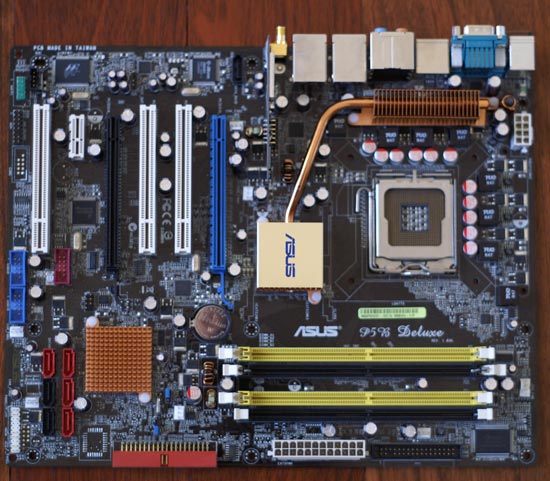
The ASUS P5W DH Deluxe, one of our first Core 2 motherboards, features Intel's 975X chipset:
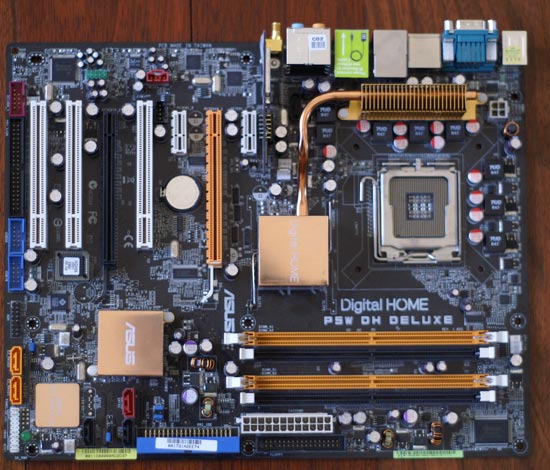
And finally we have ASUS' P5NSLI, a very affordable nForce 570 SLI solution:
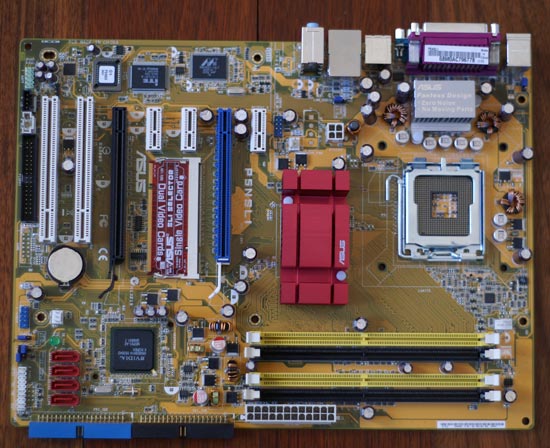
Note that today's comparison is merely one aspect of comparing these three platforms; things like price, I/O, and networking performance as well as multi-GPU support are all important considerations that go beyond the scope of this article. Our concern today is power consumption and thus that's what we will focus on.










44 Comments
View All Comments
Magendanz - Thursday, October 12, 2006 - link
The days of ATI building chipsets for Intel CPUs may be numbered, but I'd be interested in seeing how their current offerings compare to nVidia and Intel.Also, how does integrated graphics change the power equation?
Questar - Thursday, October 12, 2006 - link
I would never consider power consumption in choosing a chipset. Two or three watts of pwer consumption isn't even worth spending any time considering imho.
falc0ne - Saturday, October 14, 2006 - link
yeah the same to me, I think for the average user power consumption of a chipset will never be a primary criteria when buying a new MB/platform. For the enterprise/business customers..that's another matter. These mbs here in the test were for the average user though.. I don't see what's with all the fuzz on performance per watt(power consumption) issue lately, at least when the differences are so minor..I'm looking forward to a thoroughly investigation on core 2 duo platforms..till then, keep up with the good work Anand..you are still my best:)
smilingcrow - Saturday, October 14, 2006 - link
For those wanting power consumption data on older chipsets that support C2D, which also includes consumption at idle, http://forums.silentpcreview.com/viewtopic.php?t=3...">See herehubajube - Thursday, October 12, 2006 - link
Yep, don't care about power consumption of the chipset. Also, if you're looking at business machines for 10,000+ users, you aren't going the custom build route as the costs to build aren't worth the savings on parts. You're going to go with a canned solution and most of those machines have low power draws anyways (no fans, low wattage power supplies, bare bones components).phusg - Friday, October 13, 2006 - link
Guys if you don't care about chipset power draw then why bother reading the article (assuming you even did) and why even bother replying to the forum?!? Sheesh.Madellga - Friday, October 13, 2006 - link
Dells and HPs (canned solutions) also use those chipsets. There are "canned" workstations also, for CAD work for example. They are not barebones, although cheap components could be used.Low wattage PSUs do not translate in lower consumption. A 500W rated 80% at 100W consumes the same as a 300W rated 80% at 100W. Most likely the canned PSU will be a cheaper one and consume more.
Corporate purchases are Global Sourced and they go for the cheapest. No corporate buyer will pay a cent more on every computer to have an Enermax PSU, for example.
Madellga - Thursday, October 12, 2006 - link
Wrong. Can you imagine in a office?In a large corporation, or gov. office, that has more than 10000 computers.
That's a lot of money.
If you think worldwide, that's a lot of energy. You don't pay this out of your pocket, nevertheless it is money wasted that could go somewhere else.
In the long run, it's also contributing to Global Warming and other pesky effects.
yyrkoon - Friday, October 13, 2006 - link
Except that a large corporation wouldnt be using this type of otherboard most likely to begin with.I have to agree with the OP, in that a few WATTS is no big deal here, however, CPU / GPU power usage can be, and often is.
I know that one thing is for sure, IF I ever use SLI, its going to be a mid ranged card that uses much less power, as I dont feel that 1 KW is nessisary for hight end PC (which is how much future PCs are going to be needing at this rate).
peternelson - Friday, October 13, 2006 - link
In a COLD country making little use of air conditioning, the excess power consumption from pcs would actually warm up the office and SAVE MONEY AND ENERGY in building heating costs. Also the electricity might be nuclear or green, whereas the building heating is more likely oil or gas (fossil fuels being depleted making green house gases and co2).
If you live in say Texas or the Sahara desert, it would of course increase your aircon costs.
Anyway I was interested in how the 590 chipset performed against 570 in power consumption.